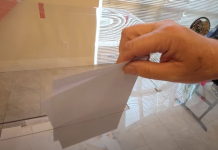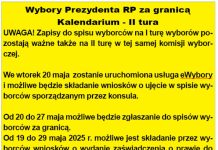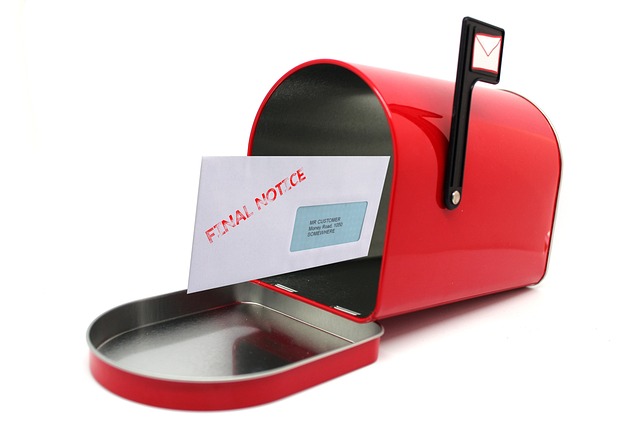How to Evict a Tenant for Personal Use?
If you own a property and rent some or all of the space to tenants, you may at some point decide that you want that space for yourself or for a close family member. Under the Residential Tenancies Act, a landlord is permitted, in most circumstances, to evict tenants for their personal use. Such evictions allow landlords to evict tenants to use the space for themselves or for close family members (limited to the spouses, parents, children, and their caregivers). However, the landlord must complete the eviction process carefully. Incorrectly performing a “personal use” eviction can lead to serious violations of the Residential Tenancies Act, the eviction being declared invalid, personal liability, and fines.
Steps to Evicting a Tenant for Personal Use
Ideally, the landlord and tenant come to an agreement amongst themselves regarding when the tenant will vacate the unit and how much compensation the landlord will pay. This is often times faster and less expensive than going through the Landlord and Tenant Board. Formalize the agreement using the Form N11. However, the process of evicting a tenant for personal use involves the landlord completing an N12 Notice and an L2 Application to the Landlord and Tenant Board.
A valid N12 Notice must include the full names of all tenants listed on the rental agreement, the complete address of the rental unit, and a proper termination date. The termination date must be at least 60 days away from the date the tenant receives the notice, and it must be on the last day of a rental period, (i.e. if the tenant pays rent on the first day of the month, the last day of the rental period is the last day of the month). Once complete, the landlord or a representative must serve the N12 notice on the tenants. Once the tenants receive the N12 Notice, the landlord must complete an L2 Application and file it with the Landlord and Tenant Board, together with a copy of the N12 Notice and proof of service. The L2 can be filed right away, without having to first wait for the termination date to pass.
The landlord must also pay the tenant at least one month’s rent, or alternatively offer the tenant another acceptable rental property to move into. Proof of the above should be submitted together with the L2 Application. If any of the above steps are completed incorrectly, the Landlord and Tenant Board may not grant the eviction.
Restrictions on Evicting a Tenant for Personal Use
There are also circumstances where a landlord may not evict a tenant by an N12 notice, even if the landlord legitimately requires the unit for personal use. If the unit was a rental that was converted to a condominium, the purchaser of the condominium cannot usually terminate the tenancy for personal use if the tenant was the tenant at the time of conversion.
An eviction for personal use must also be done in good faith. The landlord or their family member or caregiver must actually move into the unit and remain there for at least one year. The person moving into the unit should swear an Affidavit to this effect and it should be filed together with the L2 Application. If, within a year, the landlord advertises the same unit for rent; rents the unit to someone other than the former tenant; lists the unit or the building for sale; demolishes the unit or the building; or converts the building to a use other than residential, the Landlord and Tenant Board will presume that the landlord evicted the previous tenant in bad faith. If the Landlord and Tenant Board finds a landlord to have acted in bad faith, the landlord could be ordered to pay some or all of the tenants costs of relocation, and a fine of up to $50,000.00.
If you are a landlord and wondering if you can evict a tenant for personal use or other reasons, or how to properly complete the eviction process, the lawyers at Malicki Sanchez Law will be able to assist you.

































































